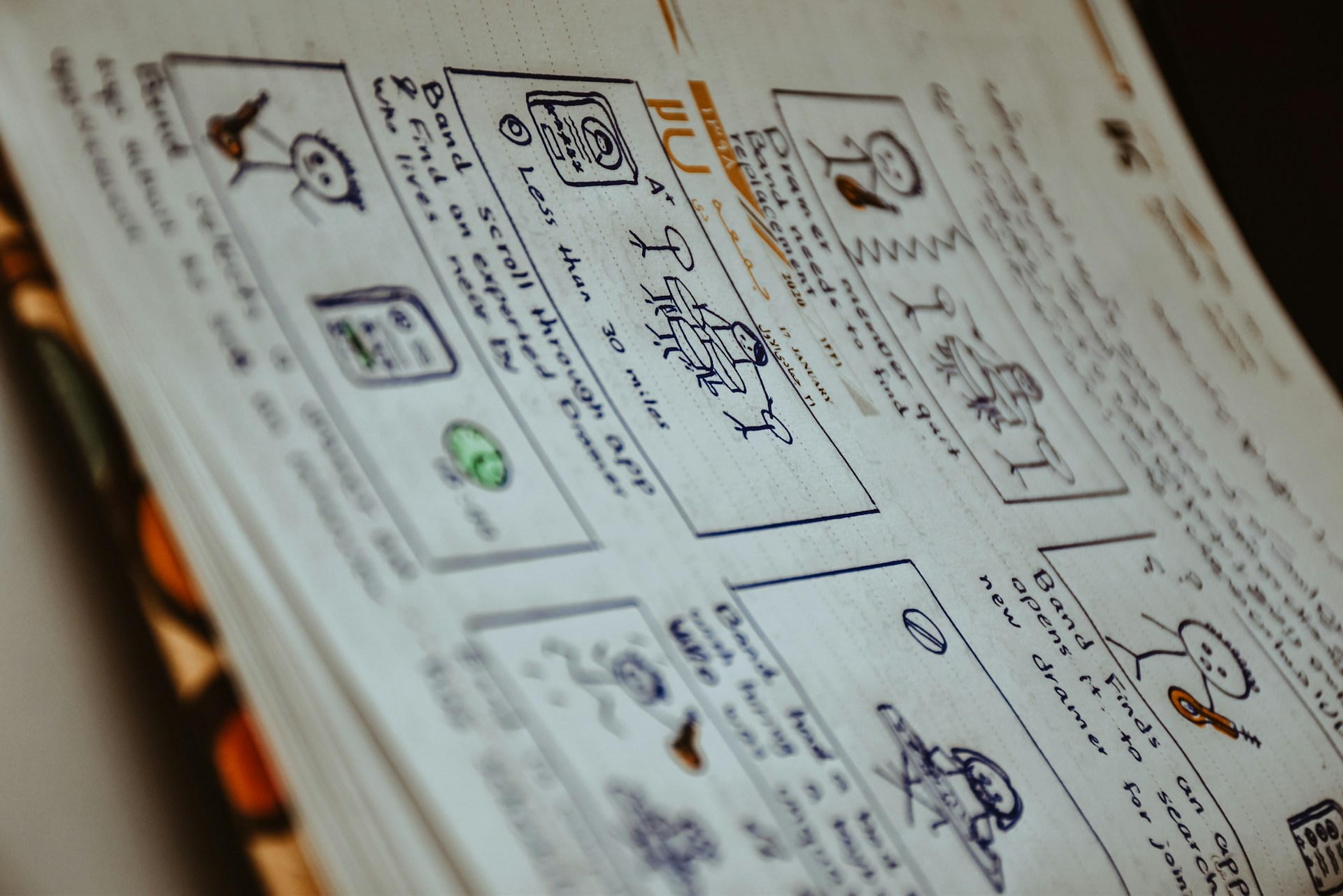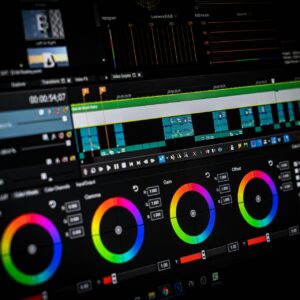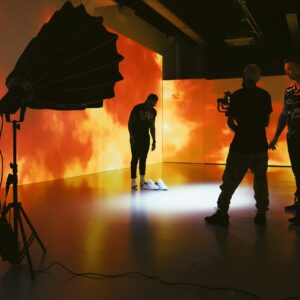Storyboarding is a powerful tool in the arsenal of any filmmaker or visual storyteller. Whether you’re working on a short film, a commercial, or a digital marketing campaign, mastering the art of storyboarding can elevate your work to new heights. Here are tips to help you harness the power of storyboarding and plan your shots for maximum impact.
1. Start with a Strong Concept
Before you even put pen to paper, take the time to fully develop your idea and clarify the story you want to tell. What emotions do you want to evoke in your audience? What message do you want to convey? Starting with a clear concept gives you a solid framework to build upon as you create your storyboard.
2. Think Cinematically
When planning your shots, think like a filmmaker. Consider the visual language of cinema and how you can use techniques such as framing, composition, and camera movement to enhance your storytelling. Pay attention to the pacing of your shots and how they flow together to create a cohesive narrative.
3. Establish Your Visual Style
Every filmmaker has a unique visual style that sets their work apart. Whether it’s through color palettes, lighting choices, or camera angles, your visual style helps define your storyboard’s look and feel. Take the time to establish your visual style before you begin storyboarding, and use it as a guide throughout the process.
4. Focus on Composition
Composition is key to creating visually engaging shots. Pay attention to the placement of elements within the frame, and use techniques such as leading lines, symmetry, and the rule of thirds to create visually dynamic compositions. Experiment with different perspectives and camera angles to find the most effective way to tell your story visually.
5. Consider Movement and Transitions
Movement adds energy and excitement to your storyboard, helping to propel the narrative forward and keep your audience engaged. Whether it’s a sweeping crane shot, a slow dolly movement, or a quick cut between scenes, consider how movement can enhance the storytelling experience.
6. Use Visual Elements to Convey Meaning
Visual elements such as color, light, and texture can convey meaning and emotion in powerful ways. For example, warm colors might evoke warmth and happiness, while cool colors might convey a sense of melancholy or isolation. Experiment with different visual elements to see how they can add depth and complexity to your storytelling.
7. Iterate and Refine
Storyboarding is an iterative process, so don’t be afraid to experiment and make changes as you go. Start with rough sketches to get your ideas down on paper, then refine and iterate until you’re satisfied with the result. Solicit feedback from colleagues or peers, and be open to constructive criticism.
Harness the Power of Storyboarding
Storyboarding is a powerful tool for visual storytellers, helping to plan shots and sequences for maximum impact. You can create visually stunning storyboards that captivate your audience by starting with a strong concept, thinking cinematically, and focusing on composition. Embrace the power of storyboarding and elevate your visual storytelling to new heights.




